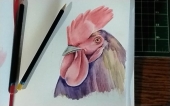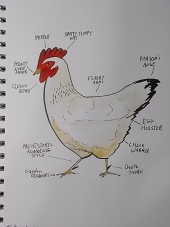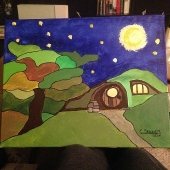
 3
3




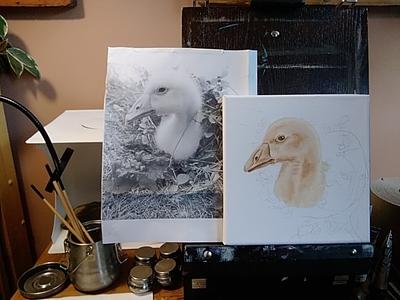







 3
3












 2
2











 2
2












 3
3




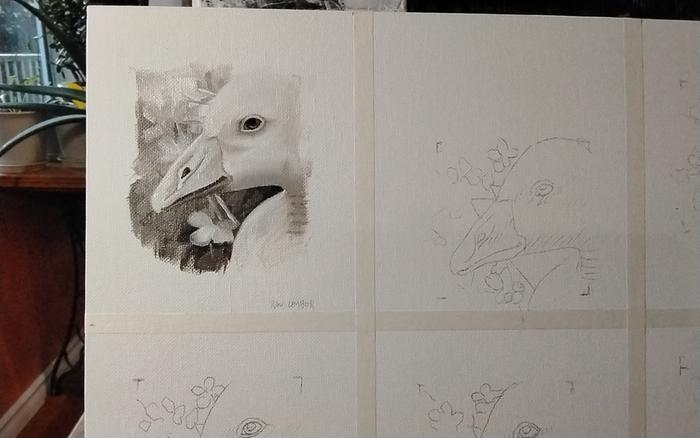
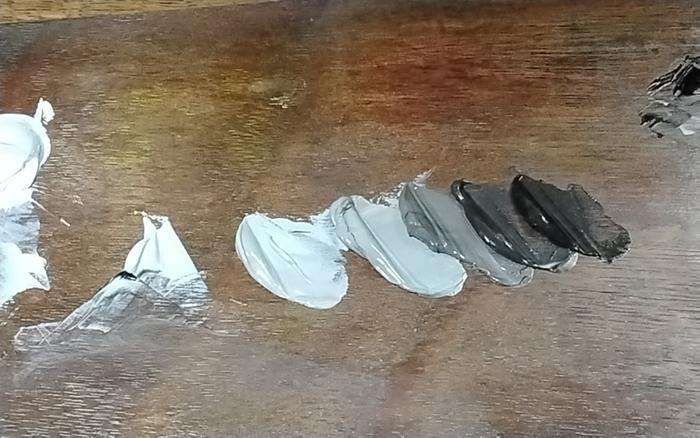
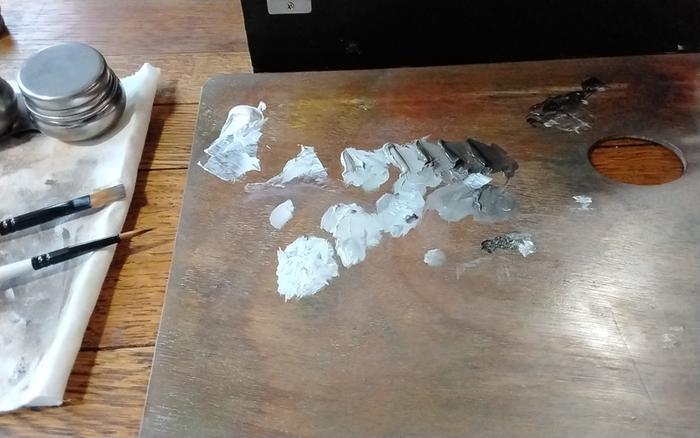







 2
2











 3
3




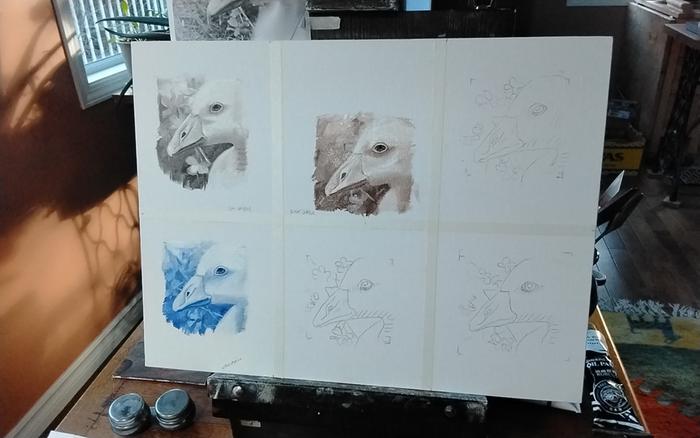







 3
3




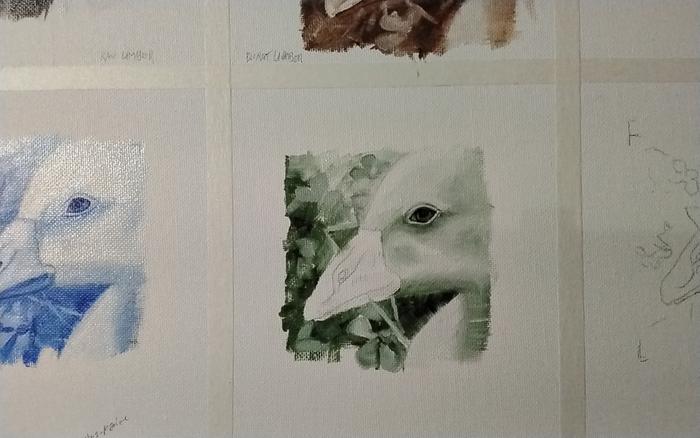
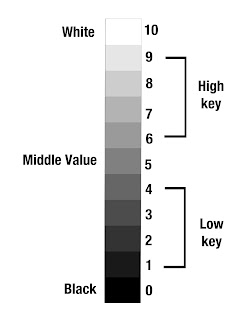








 3
3











 3
3




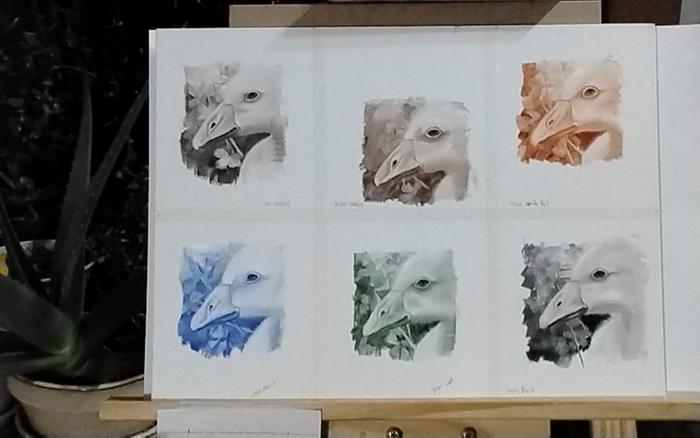







 3
3











 3
3











 3
3




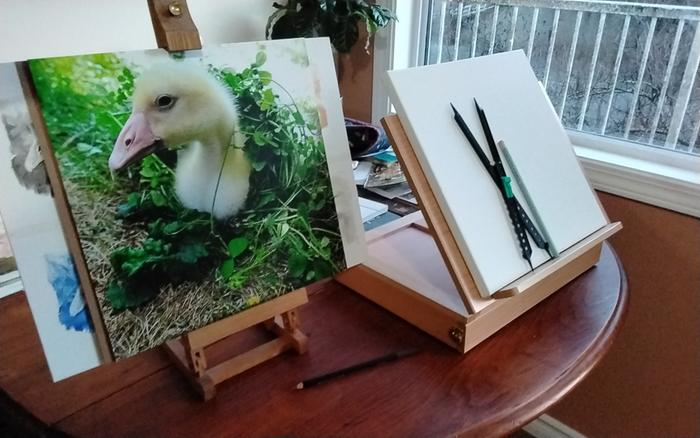







 1
1




"The only thing...more expensive than education is ignorance."~Ben Franklin. "We can easily forgive a child who is afraid of the dark; the real tragedy of life is when men are afraid of the light." ~ Plato
 2
2




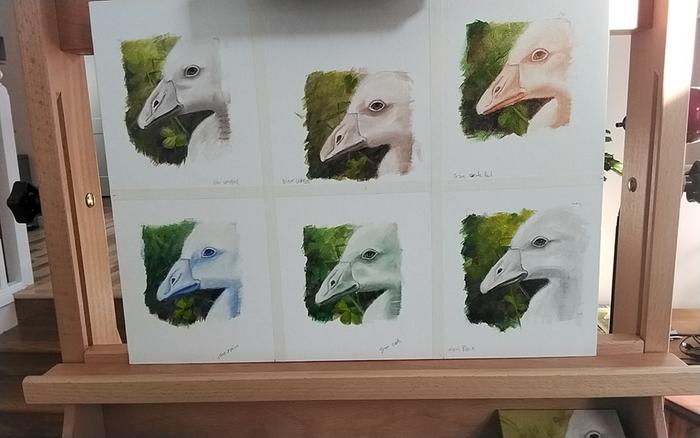







 3
3




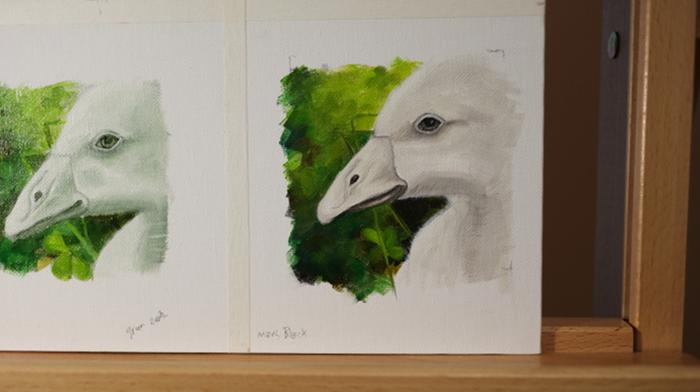







 2
2











 2
2











 4
4




As above - so below
 3
3











 2
2




WARNING permaculture is highly addictive, it may cause life altering changes such as valuing people, community and resources, and promote respect, learning, support and kindness .
 4
4




 3
3











 2
2











 1
1




"The only thing...more expensive than education is ignorance."~Ben Franklin. "We can easily forgive a child who is afraid of the dark; the real tragedy of life is when men are afraid of the light." ~ Plato
 2
2











 2
2




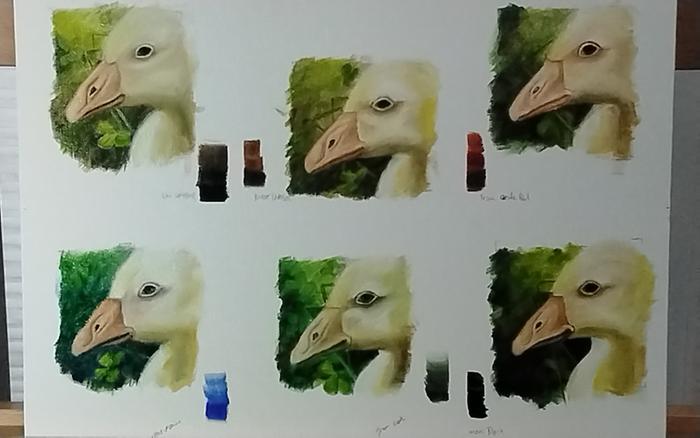







 2
2




r ranson wrote:I don't suppose anyone lives where the dandelions are in leaf and can snap me a photo?




Morfydd St. Clair wrote:
r ranson wrote:I don't suppose anyone lives where the dandelions are in leaf and can snap me a photo?
I’m now feeling weirdly justified for buying dandelions at the garden center.
 1
1











 2
2




So I did some monochromatic underpainting in raw umber and T-white. Similar to what we call a "closed grisaille" in modern books. Linseed based paint. Right from the tube maybe a bit of stand oil by accident, but less than 1% oil to paint. Not enough to make it dry shiny.
Canvas is about one step up from dollar store, double or triple acrylic primed, but not by me. Haven't had any trouble with these before, even for glazing experiments (which I've done before with this same paint). So I suspect it's a technique issue.
A week or two later, they are dry to the touch and nothing rubs off on my fingers when I rub them. I figure they were ready to paint.
But when I start painting with a very thin layer of transparent paint, things go weird. The underpainting just comes off as I paint.
For this second layer, glazing. I'm using M Graham with about 5% walnut oil to paint added in Quin rose, Trans red ox, and ultramarine. All transparent pigments. I'm putting the tiniest amount on a soft brush, rub off the extra on the cloth, then apply the paint to the canvas. Although it was transparent, for some reason the underpainting wasn't showing through. Rubbed off a bit of the paint, and the underpainting was gone! Nothing left of it.
I did some more experiments and it looks like the under painting comes off with a tiny application of oil and a soft brush.
Why?
Will waiting longer fix this?
Or is something else going wrong?
There are no chance of contamination from OMS or the like as I'm a solventfree painter still.







 3
3




 2
2












 3
3




* Follow your curiosity , Do what you Love *
Permaculture page on Simperi website | Guides for a more intuitive life
 3
3











 3
3











 3
3











 5
5




 2
2











 3
3












|
Hear that? The pitter patter of tiny ads.
Support permies and give beautiful gifts to gardeners: permaculture playing cards.
https://gardener-gift.com/
|

